Rwanda
Rwanda’s economy is expected to grow at between 4.2 and 6.2 percent in 2017, but it may struggle to achieve the upper limit due to slowing public spending and the impact of drought on agricultural output, the World Bank said on Wednesday.
Gross Domestic Product (GDP) growth is undercut by weak private sector investment, lower than expected returns from public and private investment in the hospitality sector in areas like conferences and exhibitions and a volatile external environment, the Bank said.
‘It is 6.2 percent and this seems quite hard to reach. The impact of drought on agriculture which affected the last quarter of 2016 and first quarter of 2017 will be an issue,’ the Bank’s senior economist for Rwanda, Aghassi Mkrtchyan’’ said.
At the launch of an economic update Aghassi said ‘the other issue is the fiscal restraint as government is very careful about debt sustainability…. That’s why we should not be expecting a lot of support to the economy from fiscal expenditure this year.’
The east African nation has posted strong growth rates in recent years fuelled by business friendly policies and inflows of foreign investment. The government has forecast 2017 growth at 6.2 percent and 6.8 percent next year.
As a country that has been putting up impressive economic performance despite its history of instability, Rwanda’s long term development goals, dubbed “Vision 2020” is in full force. It envisions to become a service-oriented and knowledge-based economy with a middle income status by 2020 from its low-income agriculture-based economy.
In the medium term, the East African nation is implementing the second Economic Development and Poverty Reduction Strategy (EDPRS2) to make this feasible. The focus of this strategy is to propel growth and reduce poverty through four thematic areas; economic transformation, rural development, productivity and youth employment, and accountable governance.
Before 2018, the country hopes to raise GDP per capita to $1,000; have less than 30 % of the population below the poverty line, and have less than 9 % of them living in extreme poverty.
The World Bank said that these goals build on an impressive development successes over the last decade which include high growth, rapid poverty reduction and, since 2005, reduced inequality.
Growth slowed to 1.7 percent in the first quarter of 2017, from 8.9 percent in the same period last year. 2016 growth stood at 5.9 percent.



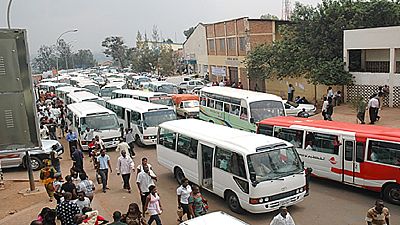

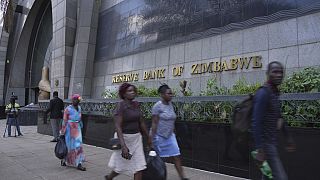
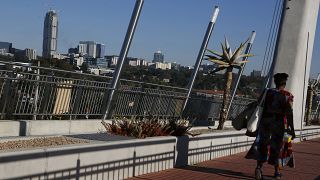
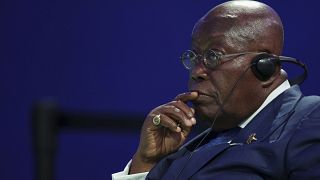
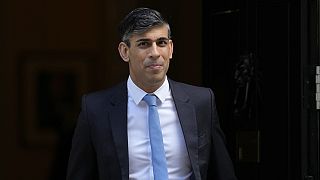
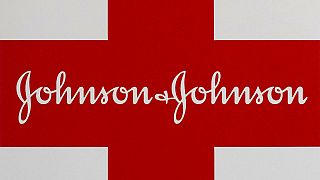
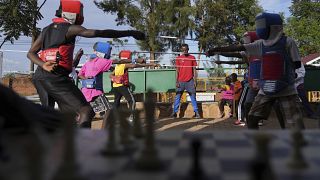
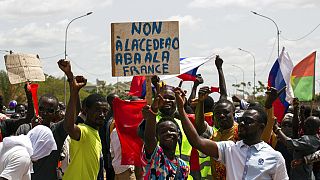
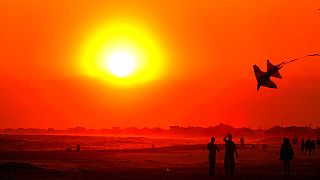
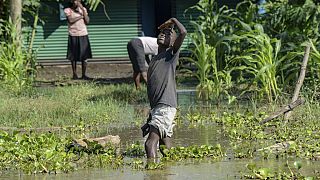
01:02
Pics of the day: April 16, 2024
02:24
Zimbabweans forced to use US dollar in absence of new currency ZiG
00:51
Rwandan president meets with UK PM at 10 Downing Street
Go to video
Rwanda genocide: No fresh remark on France’s responsibility, why did the presidency backpedal?
01:14
Poll shows Egypt's March inflation figures expected to edge upwards
01:13
Kagame blames world's 'cowardice' as Rwanda remembers 1994 genocide